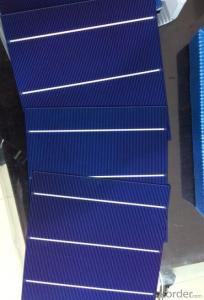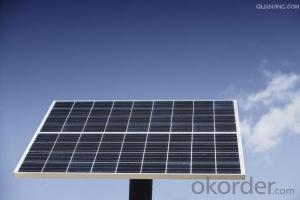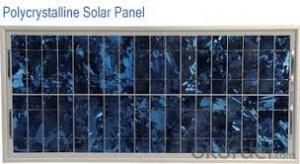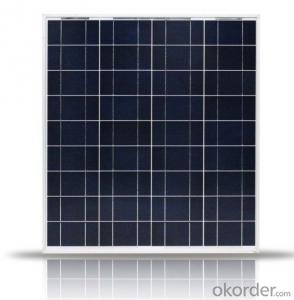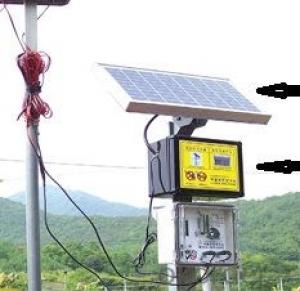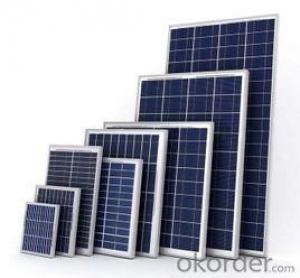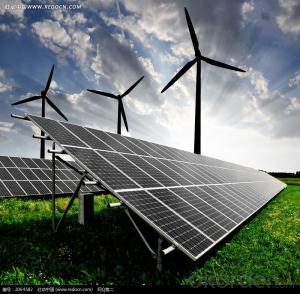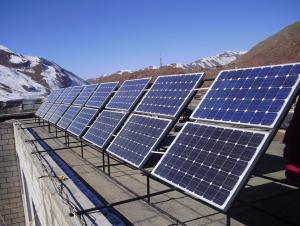White Solar Cells 250W Poly Solar Panel with 25 Years Warranty CNBM
- Loading Port:
- Qingdao
- Payment Terms:
- TT OR LC
- Min Order Qty:
- 10 set
- Supply Capability:
- 300000 set/month
OKorder Service Pledge
OKorder Financial Service
You Might Also Like
Polycrystalline Solar Modules
CNBM offers a range of small, medium and large polycrystalline solar modules, designed for a range of requirements.
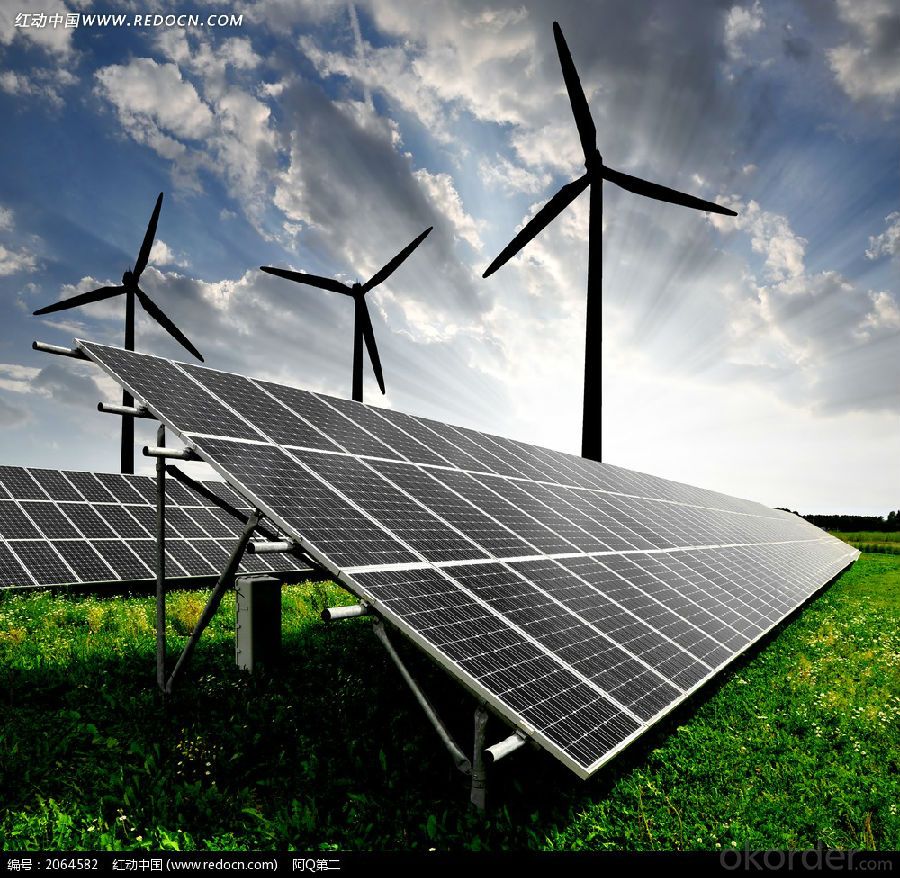
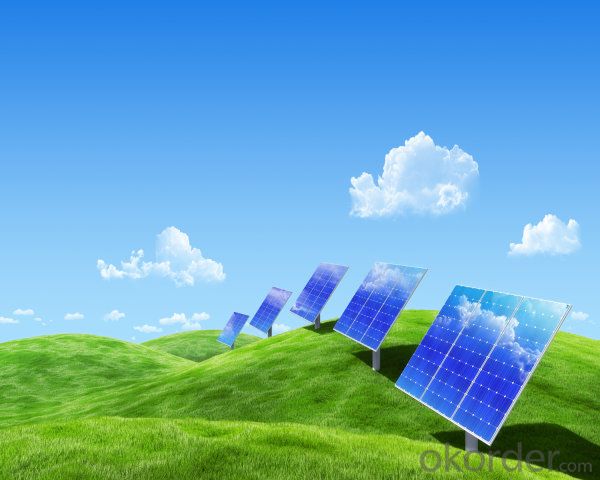
Specifications:
Tolerance | +/-3% |
Cell | Polycrystalline silicon solar cells (156 x 156mm) |
N0. of Cells | 60 (10 x 6) |
Dimension of Modules (mm) | 1650 x 990 x 40 |
Weight (kg) | 25.5 |
Limits:
Operating Temperature | -40~+85? |
Storage Temperature | -40~+85? |
Maximum System Voltage | 1000 VDC max. |
Hail Impact | Diameter of 28mm with impact speed |
Temperature and Coefficients:
NOCT | 48C+/-2? |
Voltage temperature coefficient (%/K) | -0.35 |
Current temperature coefficient (%/K) | 0.05 |
Power temperature coefficient (%/K) | -0.45 |
Characteristics:
Model: | SGM-200P | SGM-210P | SGM-220P |
Max-power voltage Vmp (V) | 29.2 | 29.4 | 29.41 |
Max-power current Imp (A) | 6.85 | 7.14 | 7.48 |
Open-circuit voltage Voc (V) | 36.5 | 36.69 | 36.9 |
Short-Circuit Current Isc (A) | 7.28 | 7.6 | 7.93 |
Max-power Pm(W) | 200 | 210 | 220 |
Model: | SGM-230P |
Max-power voltage Vmp (V) | 29.8 |
Max-power current Imp (A) | 7.72 |
Open-circuit voltage Voc (V) | 37.31 |
Short-Circuit Current Isc (A) | 8.19 |
Max-power Pm(W) | 230 |
STC: Irradiance 1000W/m2, module temperature 25?, AM-=1.5
Poly Crystalline Solar Panels Specifications Range
Maximum Power (Pm) | Dimension | Weight | Operating Voltage (Vmp) | Operating Current (Imp) | Open Circuit Voltage (Voc) | Short Circuit Current (Isc) |
0.45W | 140x80x10mm | 0.08kg | 3.3V | 150mA | 4.6V | 160mA |
1.0W | 162x140x10mm | 0.16kg | 7.5V | 150mA | 10.3V | 160mA |
4.5W | 269x251x23mm | 0.8kg | 16.5V | 0.27A | 20.5V | 0.3A |
10W | 420.1×268.9×22.6mm | 1.92kg | 17.5V | 0.58A | 20.5V | 0.6A |
20W | 425x502x50mm | 3.0kg | 16.8V | 1.19A | 21.0V | 1.29A |
30W | 593x502x22.6mm | 3.9kg | 16.8V | 1.78A | 21.0V | 1.94A |
40W | 655x537x50mm | 5.75kg | 17.3V | 2.31A | 22.1V | 2.54A |
50W | 839x537x50mm | 6.0kg | 17.5V | 2.9A | 21.8V | 3.17A |
65W | 1111x502x50mm | 7.2kg | 17.6V | 3.69A | 22.1V | 3.99A |
80W | 1204x537x50mm | 7.7kg | 17.6V | 4.55A | 22.1V | 4.8A |
- Q: Are solar cells durable?
- Yes, solar cells are generally durable. They are designed to withstand harsh weather conditions such as extreme temperatures, rain, and snow. Additionally, most solar cells come with a warranty that guarantees their performance for a certain period, indicating their durability. However, like any technology, the lifespan of solar cells can vary depending on the quality of the materials used and how well they are maintained.
- Q: How long does it take to install solar cells on a rooftop?
- The time required to install solar cells on a rooftop can vary depending on various factors such as the size of the system, complexity of the installation, and the expertise of the installation team. On average, a residential rooftop solar installation can take anywhere from a few days to a couple of weeks. However, larger commercial installations may require more time. It's best to consult with a professional solar installer for a more accurate estimate based on your specific project.
- Q: What is the role of fuses in solar cell systems?
- The role of fuses in solar cell systems is to protect the system from overcurrent conditions. Fuses are designed to break the electrical circuit when excessive current is detected, preventing damage to the solar cells, wiring, and other components. By acting as a safety measure, fuses help maintain the overall integrity and performance of the solar cell system.
- Q: Can solar cells be used for disaster relief efforts?
- Yes, solar cells can be used for disaster relief efforts. They provide a reliable and sustainable source of electricity, enabling the operation of essential equipment such as medical devices, communication systems, and water purification systems in areas affected by natural disasters. Solar cells can also be easily transported and quickly deployed in emergency situations, making them an ideal solution for providing power in remote or inaccessible locations.
- Q: How do solar cells affect the grid?
- Solar cells affect the grid by generating electricity from sunlight and feeding it into the grid, reducing the reliance on traditional power sources. They contribute to a more sustainable and decentralized energy system, helping to reduce greenhouse gas emissions and dependence on fossil fuels. However, their intermittent nature can pose challenges for grid stability and require additional infrastructure investments for integration.
- Q: How do solar cells perform in areas with high levels of noise pollution?
- Solar cells are not affected by noise pollution as it has no impact on their performance. Noise pollution does not interfere with the ability of solar cells to convert sunlight into electricity, making them a reliable energy source even in areas with high levels of noise pollution.
- Q: How do solar cells perform in areas with high levels of chemical pollutants?
- Solar cells may experience a decrease in performance in areas with high levels of chemical pollutants due to the reduced intensity of sunlight reaching the cells. The presence of pollutants in the atmosphere can block or scatter sunlight, leading to a decrease in the amount of energy absorbed by the solar cells. This can result in a reduction in the efficiency of solar panels and a decrease in their overall power output. Regular cleaning and maintenance of the solar panels can help mitigate the negative impact of chemical pollutants on their performance.
- Q: What is the environmental impact of manufacturing solar cells?
- The manufacturing of solar cells has both positive and negative environmental impacts. On the positive side, solar cells generate clean and renewable energy, reducing the reliance on fossil fuels and thereby decreasing greenhouse gas emissions and air pollution. Additionally, solar cells have a long lifespan and require minimal maintenance, reducing the overall environmental impact compared to other energy sources. However, the production process of solar cells does have some negative environmental consequences. The extraction of raw materials, such as silicon and rare earth metals, can lead to habitat destruction, water pollution, and soil degradation. The manufacturing process also requires energy and water, which can contribute to carbon emissions and water scarcity if not managed efficiently. Overall, while the production of solar cells does have some environmental impacts, it is important to consider them in relation to the significant environmental benefits that solar energy provides in terms of reducing carbon emissions and mitigating climate change.
- Q: How do solar cells handle power fluctuations?
- Solar cells handle power fluctuations by using a device called an inverter. The inverter converts the direct current (DC) produced by the solar cells into alternating current (AC) that is suitable for use in homes and businesses. It also helps to regulate and stabilize the power output, ensuring a consistent and steady flow of electricity despite any fluctuations in sunlight intensity or changes in load demand.
- Q: Can solar cells be used in floating solar farms?
- Yes, solar cells can be used in floating solar farms. In fact, floating solar farms have gained popularity as an innovative solution to maximize energy production in areas with limited land availability. These floating platforms are equipped with solar panels, which convert sunlight into electricity, just like traditional solar farms. The buoyant structures allow for the installation of solar panels on water bodies such as lakes, reservoirs, and even oceans, making it an efficient way to harness solar energy while minimizing land use.
Send your message to us
White Solar Cells 250W Poly Solar Panel with 25 Years Warranty CNBM
- Loading Port:
- Qingdao
- Payment Terms:
- TT OR LC
- Min Order Qty:
- 10 set
- Supply Capability:
- 300000 set/month
OKorder Service Pledge
OKorder Financial Service
Similar products
Hot products
Hot Searches
Related keywords










